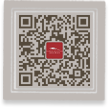Exhibition of the Chinese ancient calligraphy on bamboo slips and silk opened in the Hunan Museum
On the morning of November 10, 2019, “Exhibition of the Chinese ancient calligraphy on bamboo slips and silk” hosted by the Hunan Provincial Department of Culture and Tourism was opened in the No. 2 special exhibition hall on the first floor of the Hunan Museum, which was undertaken by the Hunan Museum and supported by many other museums and institutes including Gansu Jiandu Museum, Hubei Museum, Jingzhou Museum, Hunan Institute of Archaeology, Yuelu Academy, Changsha Institute of Archaeology and Changsha Jiandu Museum. The purpose of this exhibition was to fully demonstrate the artistic charm of the bamboo slips and silk calligraphy, advance the development of contemporary calligraphy art and promote the research on Hunan unearthed bamboo slips and silk.

Leaders and experts from relevant units in Hunan were invited to attend the opening ceremony, which was presided over by Yan Fuchu, Deputy Director of Hunan Provincial Department of Culture and Tourism and Chairman of Hunan Calligraphers Association. In the ceremony, Duan Xiaoming, Curator of Hunan Museum and Yu Xinrong, Secretary of Party Leadership of Hunan Provincial Department of Culture and Tourism delivered speeches.
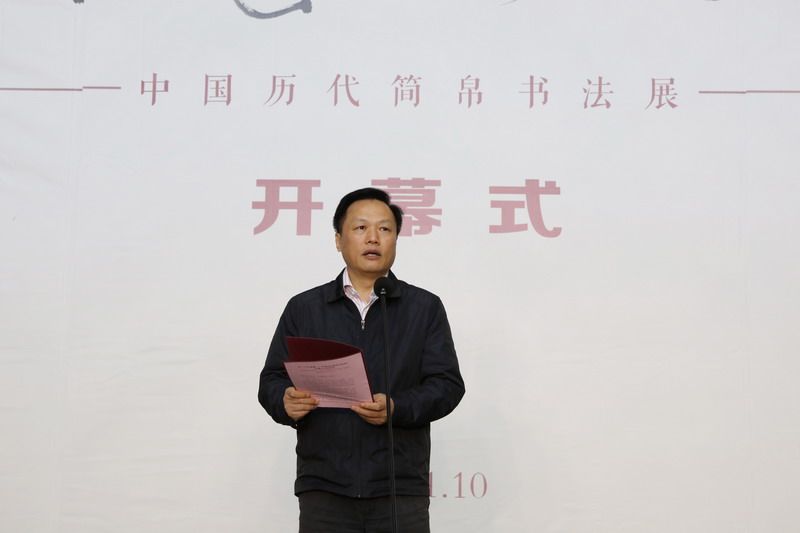
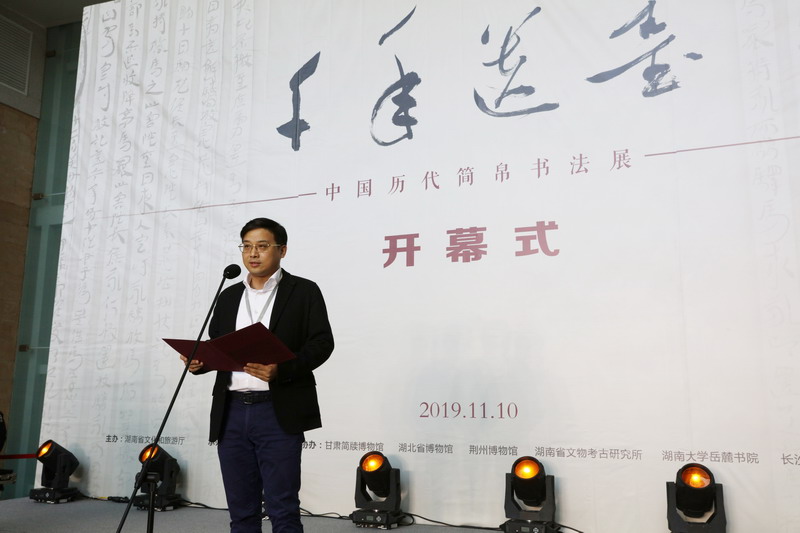
Bamboo slips, wooden tablets and silk books were collectively called bamboo slips and silk. According to historical records, from the Shang dynasty(1600-1046 BC), bamboo slips were widely used in people's daily life as the main writing carrier, while silk books were more valuable ones. Whether recording national events or writing letters, bamboo slips and silk were adopted. It was not until the Eastern Han dynasty(AD 25-220) that papermaking was improved and paper became popular that bamboo slips and silk were gradually replaced. The dates of unearthed bamboo slips and silk spanned from the Warring States Period(475-221 BC) to the Wei and Jin dynasties(AD 220-589), and there were still a few bamboo slips of the Tang dynasty(AD 618-907) unearthed in some remote areas. With a development history of more than one thousand years, bamboo slips and silk have played an important role in the inheritance and development of Chinese civilization, and have a far-reaching impact on later generations. Since the 20th century, along with the major archaeological discoveries, a large number of bamboo slips and silk has been found, bringing us unexpected surprises and arousing great interest and attention of the academic community.
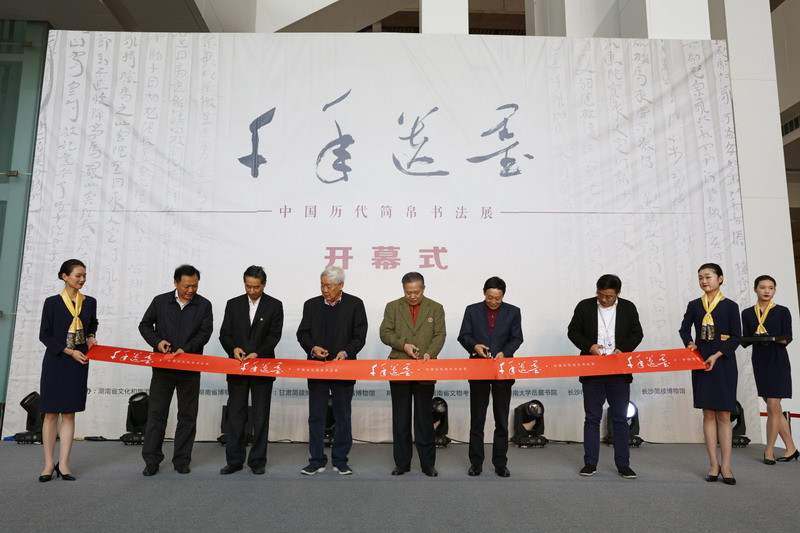
The exhibition displayed 380 original manuscripts on bamboo slips and silk during the Warring States, Qin, Han and Wei and Jin periods, most of which were Grade One Cultural Relics, and some of which were exhibited for the first time. In chronological order, the whole exhibition was divided into five parts: Chu (bamboo slips and silk, ?-223 BC), Qin (bamboo slips, 221-207 BC), Western Han (bamboo slips and silk, 202 BC- AD 8), Eastern Han (bamboo slips, AD 25-220) Wei and Jin (bamboo slips, AD 220-420). Valuable historic materials including ancient books of the Warring States Period, legal documents of the Qin dynasty, regimens and prescriptions of the Han dynasty and administrative documents of The Three Kingdoms(AD 220-280) were collected here. Different from previous bamboo slips and silk exhibitions, this exhibition focused on the calligraphy art of bamboo slips and silk, and tried to show the development of bamboo slips and silk calligraphy from the pre-Qin dynasty to the Wei and Jin dynasties as well as the different artistic characteristics of each period. In the bamboo slips of Chu, represented by Baoshan and Guodian bamboo slips in Jingmen, the complicated Chu characters have demonstrated the trend of "official script" and "cursive script". During the Qin dynasty, the font and meaning of characters were unified under the policy of "Writing the Same Character". It was found that as the most important font written on the Qin bamboo slips, the Qin script has the characteristics of straight strokes with fixed sequence. By the Western Han dynasty, cursive script has been fully developed in a rigorous and complete state. The official script on bamboo slips and silk in the early period of the Western Han dynasty was similar to the Qin script because the Han dynasty inherited the Qin system. Represented by the bamboo slips of Wuyi Square and Dongpailou in Changsha, the Eastern Han bamboo slips not only showed the smoothness of official script and the liveliness of cursive script, but also advanced the appearance of regular script. During the period of Wei and Jin dynasties in the Three Kingdoms, paper, as a kind of convenient writing material, began to replace bamboo slips gradually, while the habit of writing from top to bottom and from right to left remained. At the same time, the font of regular script gradually became clear and mature. So far, all kinds of Chinese calligraphy font have been basically finalized.
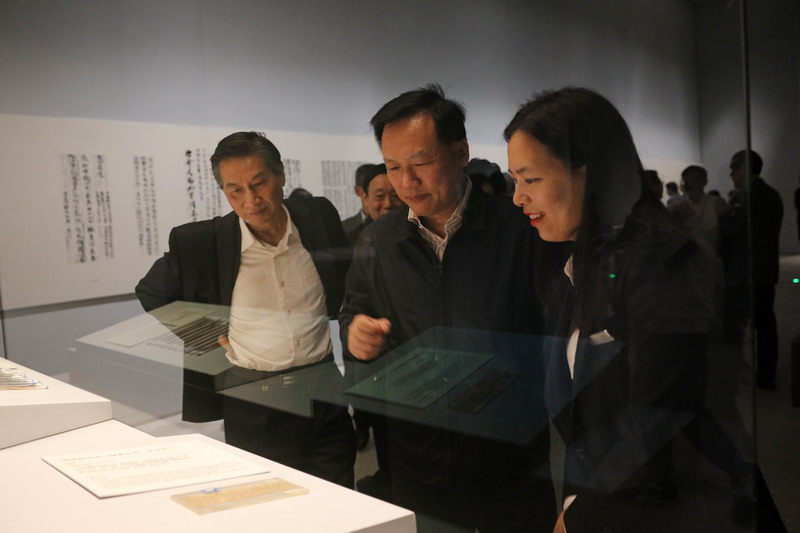
Throughout the development of the calligraphy on bamboo slips and silk, its richness and complexity have broken through the existing system of calligraphy history. Every aspect including tastes in different periods, customs in different regions, tools and methods has influenced the effect of writing on bamboo slips and silk. Therefore, studies on it will be not only the priority of future calligraphy research, but also the inexhaustible source of calligraphy art creation. The intention of this exhibition is to restore the authenticity of bamboo slips and silk calligraphy and inspire a new thinking on Chinese calligraphy.
The exhibition is now opened to the public free of charge in the No.2 special exhibition hall on the first floor of the Hunan Museum and will be closed on November 30, 2019.



